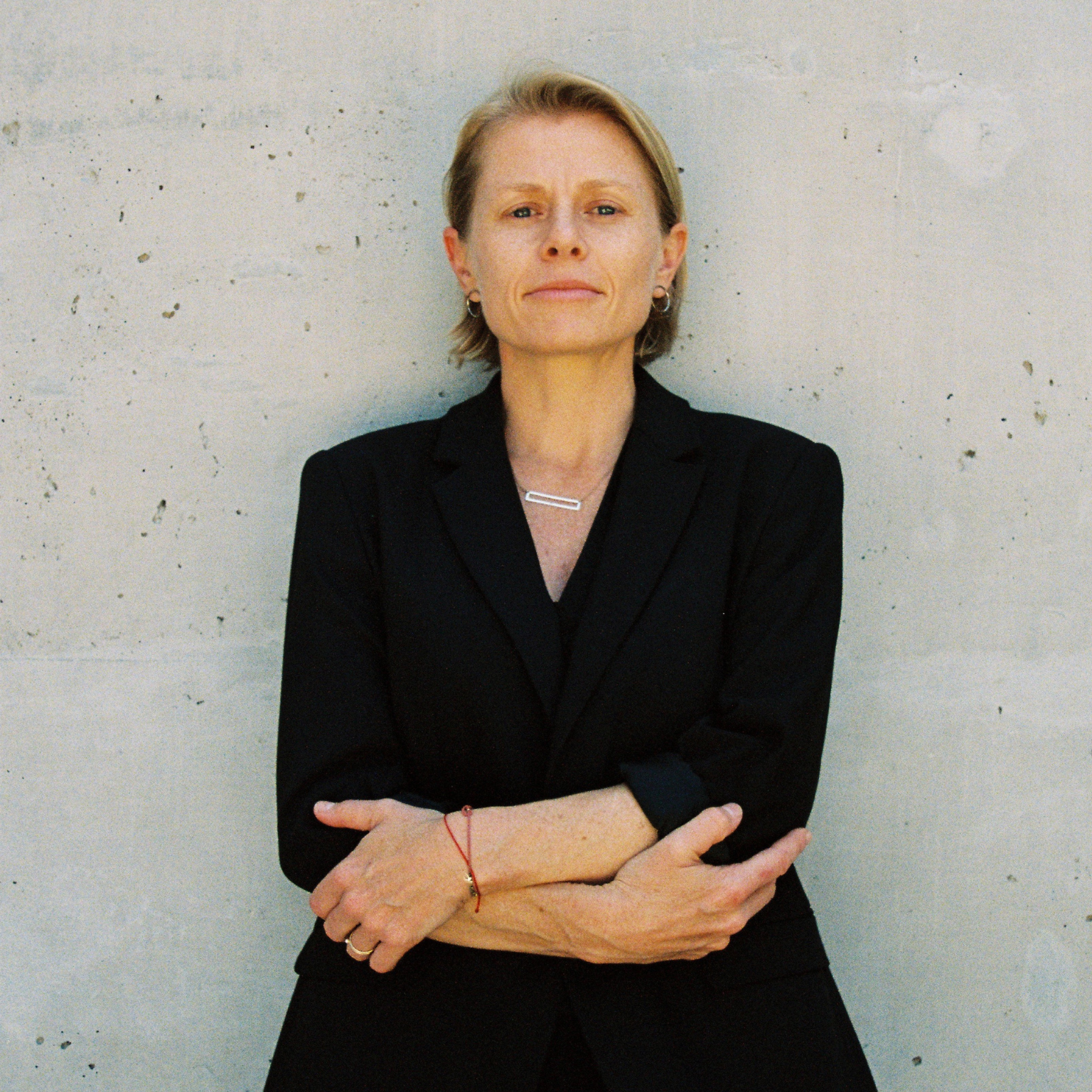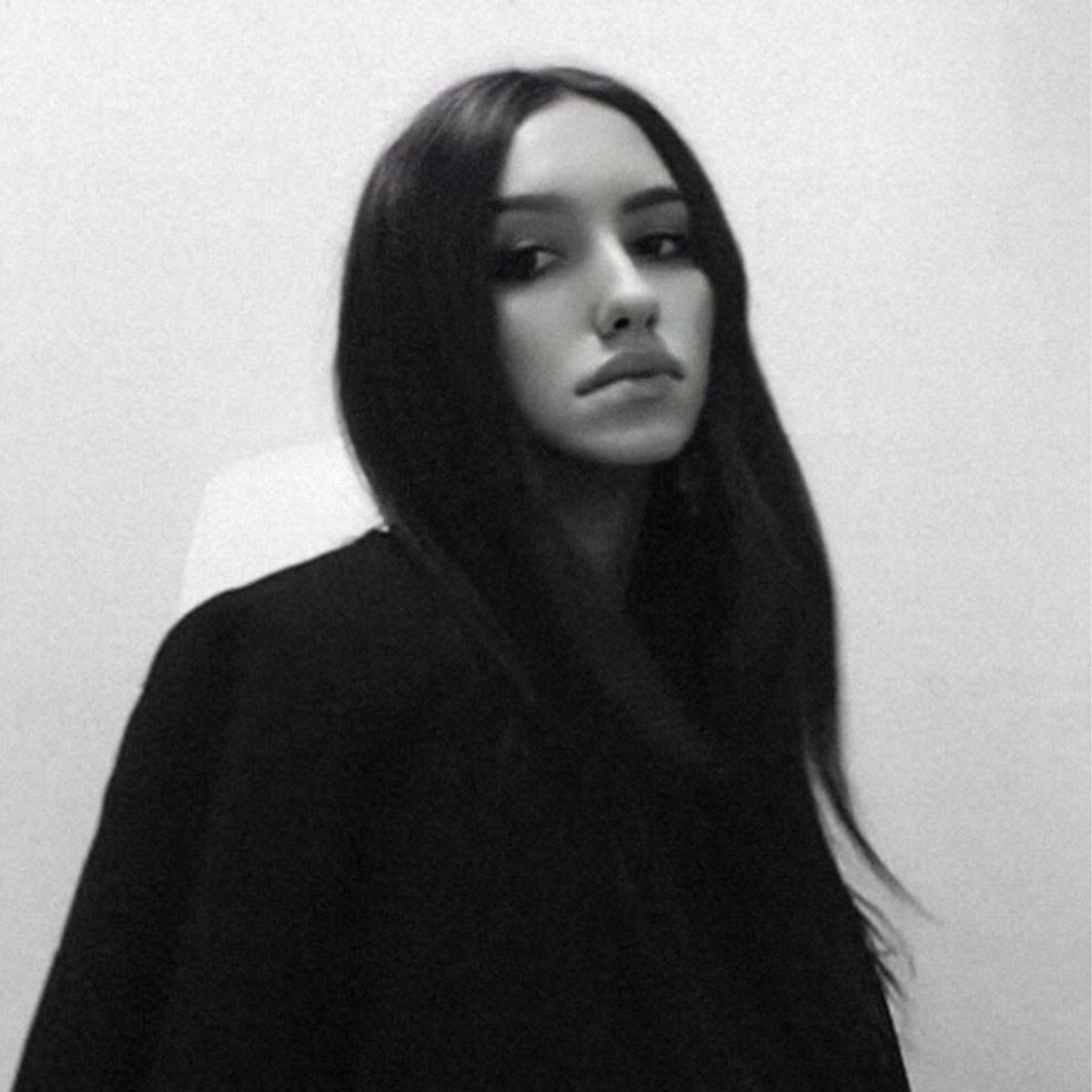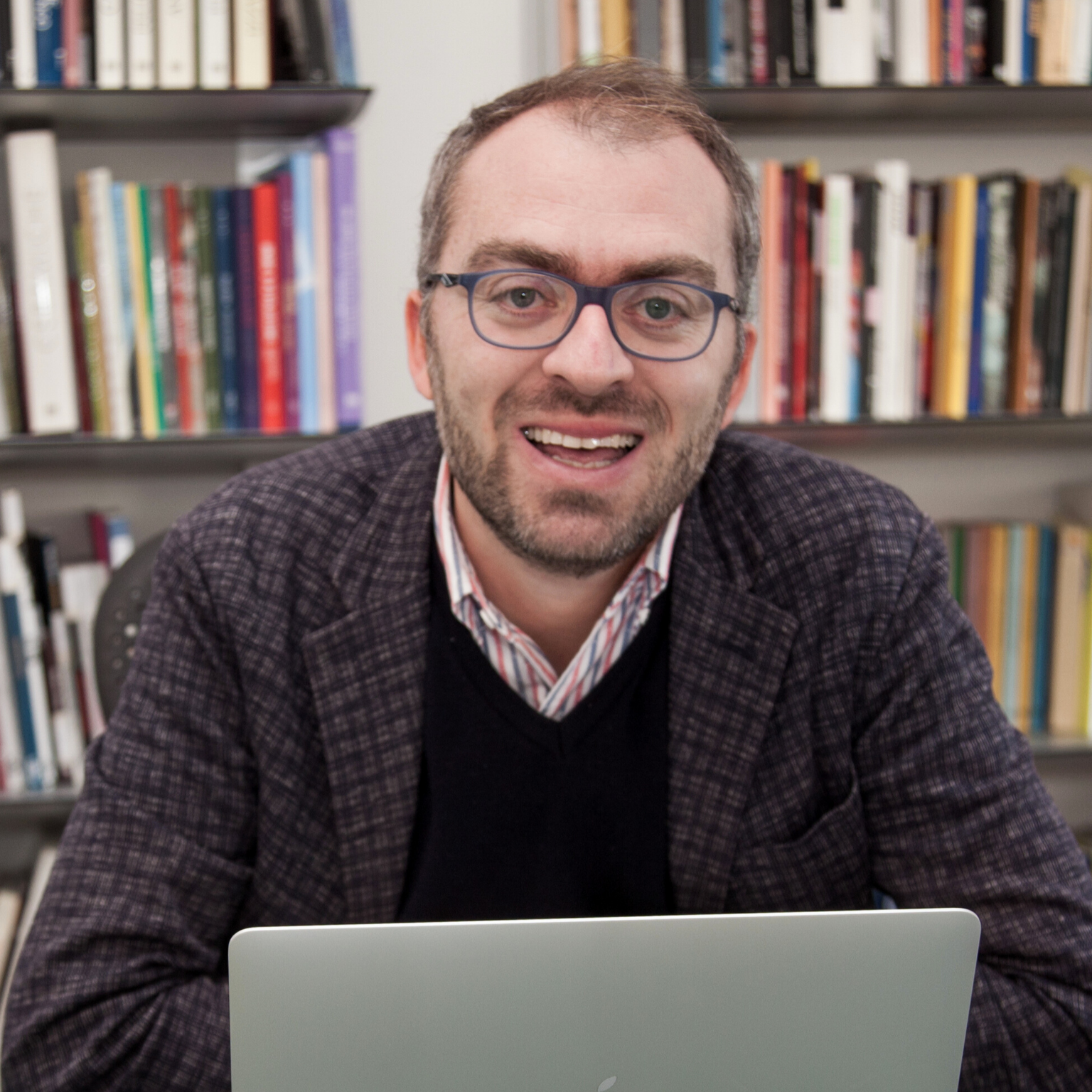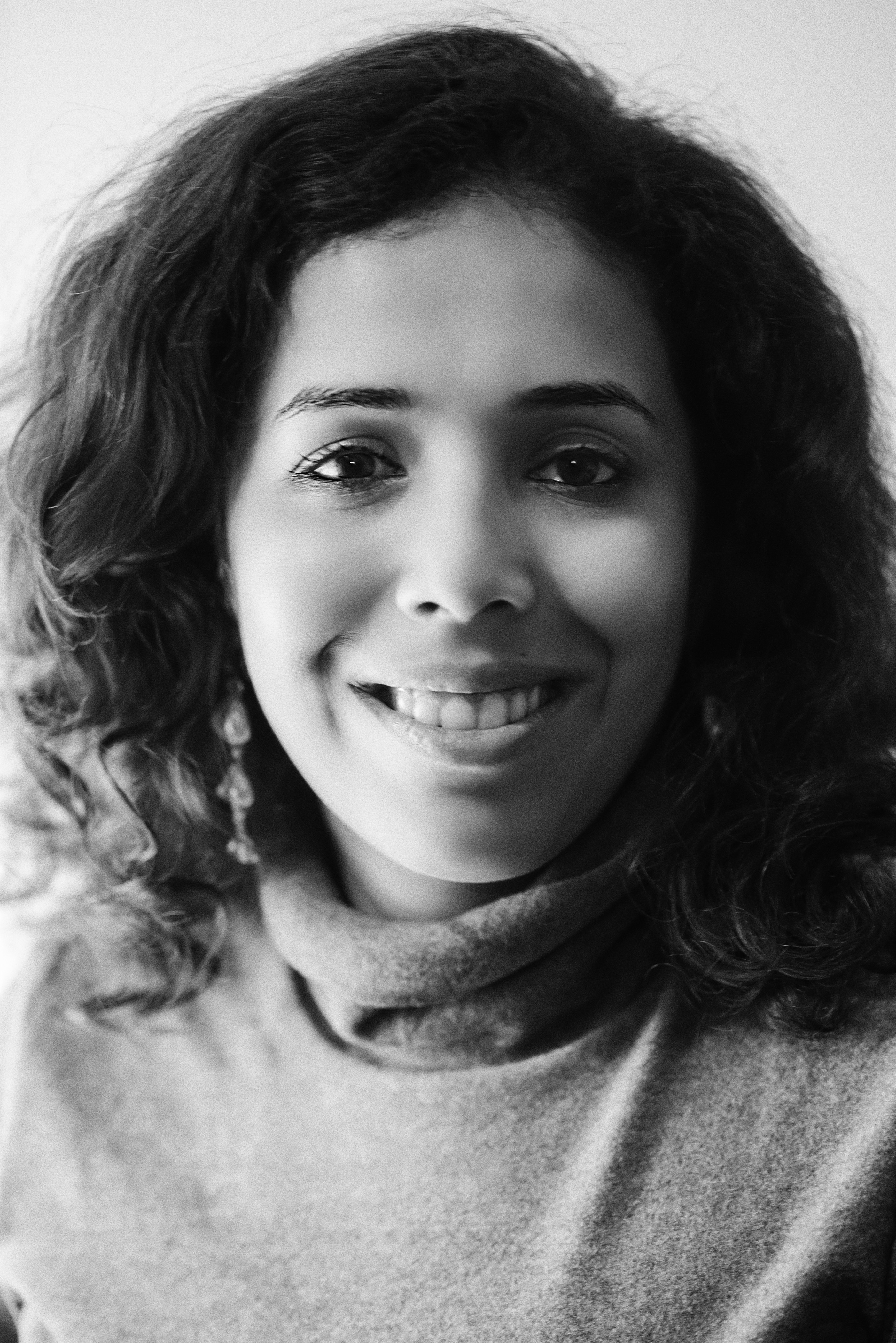Claire Breukel, Head of Global Patron of the Zeitz Museum of Contemporary Art Africa. Photo © Mikhailia Petersen
The Zeitz Museum of Contemporary Art Africa (Zeitz MOCAA) is one of Africa’s newest and most significant cultural institutions based in Cape Town, South Africa, and opened in September 2017. But its story began several years earlier, when the South African fashion mogul, Jochen Zeitz, together with the architect Thomas Heatherwick, initiated the project to convert a former silo warehouse in the port of Cape Town into a contemporary art museum.
The Silo, which once contained grain, has undergone an extraordinary transformation, becoming an iconic architectural structure. Heatherwick and his team created an innovative design that kept the original aesthetic of the silo intact while transforming the interior into a modern exhibition space.
The museum was founded to celebrate and promote contemporary African art and its global influence. The Zeitz MOCAA collection includes works by highly talented African artists, both emerging and established, offering a platform to explore Africa’s complex narratives and identities through visual art.
In this interview, we delve into some aspects of this ambitious project with Claire Breukel, Head of Global Patron of Zeitz MOCAA, including the exhibition project When We See Us: A Century of Black Figuration in Painting which for the occasion the museum has become a platform for African and diaspora artists to express their unique perspectives and personal narratives. The works exhibited addressed a wide range of themes, including colonization, racism, resistance, cultural rebirth, and empowerment.

The opening of the museum was greeted with great enthusiasm both nationally and internationally and has helped position Cape Town as a major cultural destination on the global art scene. The museum has quickly become a must-see for art lovers visiting South Africa and has helped raise the profile of contemporary African art globally. So, let’s get started!
What is your museum about, its reason-to-be and what is your work there?
Zeitz Museum of Contemporary Art Africa (Zeitz MOCAA) is a Pan African and Pan Diasporic public not-for-profit institution dedicated to promoting and preserving contemporary art from Africa and its diaspora. Located in Cape Town, South Africa, Zeitz MOCAA produces and presents cutting-edge contemporary exhibitions and art historical knowledge to enhance the careers of Africa’s most talented artists in the 21st century and beyond.
We aim to be a catalyst and generator of rich dialogues surrounding artistic histories with roots on the continent. As Head of Zeitz MOCAA’s Global Patrons, my role is to program and organize the presence of Zeitz MOCAA’s supporters and advocates internationally.
Working alongside my colleague Tiffany Andrews whose key areas are local and the continent, we lead the Zeitz MOCAA Global Council of Supporters chaired by Acha Leke, including members Yinka Shonibare, Julie Mehretu, Pulane Kingston, Wangechi Mutu, Michael Silver, and Stephanie Thomas, Joanna Masiyiwa, Bame Pule, among others.

I also help to run the museum’s US nonprofit affiliate American Friends of Zeitz MOCAA, alongside an incredible board of directors, founding patrons, and a dynamic member base. In the coming months, we have activations in New York, Dakar, London, Basel, Accra, Tamale, and Miami in December.
What inspired you to pursue a career in the museum field and how did you get started in the industry?
Originally from South Africa, I was brought to Miami for a Rubell Museum internship. Over the past two decades, I immersed myself in nonprofit and foundation work shifting between curating, programming, public art organization, and creative strategy.
Some highlights have included being the first Executive Director of Locust Projects in Miami, working on the 2013 and 2018 (RED) Auctions at Sotheby’s New York, and working alongside collectors Mario Cader-Frech and Robert Wennett to establish YES Contemporary. Now living between South Africa and the USA, I have the opportunity to contribute to the vital growth of Zeitz MOCAA and the incredible vision of our Executive Director and Chief Curator Koyo Kouoh who is committed to empowering and emphasizing the contributions of African artists and thinkers.
Can you share insights into the curatorial process for the ‘When We See Us’ exhibition, particularly how artists and artworks were chosen and the key themes the curators aimed to explore?
“When We See Us: A Century of Black Figuration in Painting” curated by Koyo Kouoh and Curator Tandazani Dhlakama explores Black self-representation and celebrates global Black subjectivities and Black consciousness from pan-African and pan-diasporic perspectives. Working with the wider curatorial team they selected more than 200+ artworks many of which were loaned from 74 collectors and institutions locally, throughout Africa, and internationally including from Jorge and Darlene Pérez and Craig Robins in Miami.
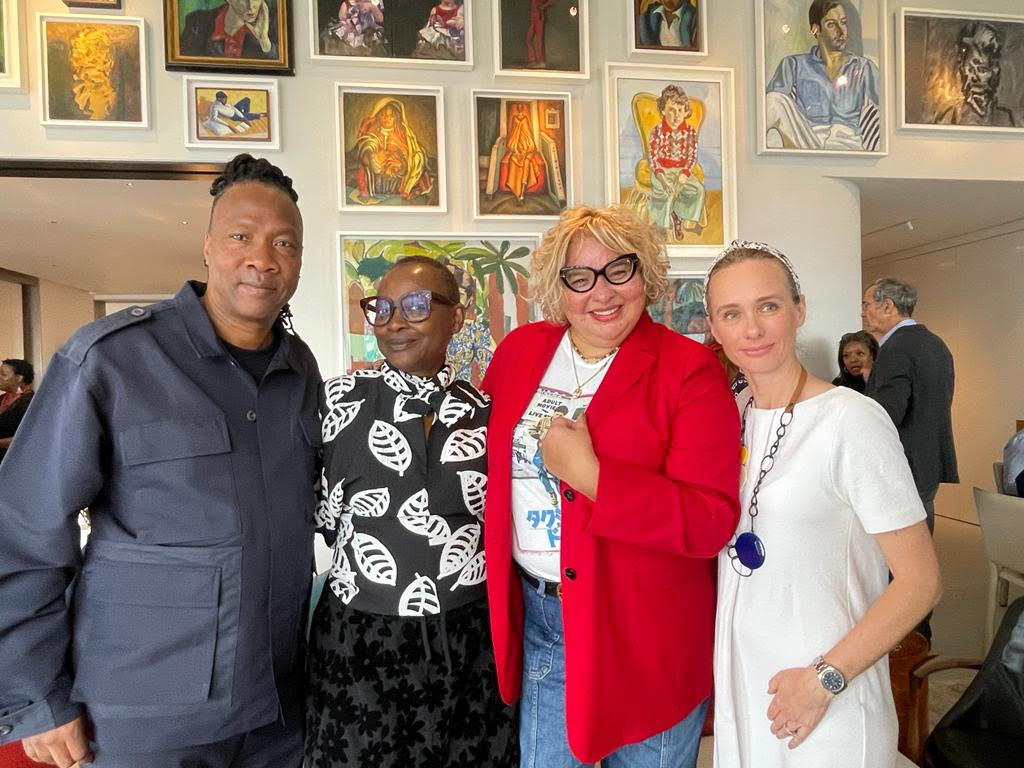
The exhibition’s title is inspired by the 2019 Netflix miniseries “When They See Us” by African-American director Ava DuVernay, which focuses on how Black youth are seen as potential criminals and thus threatening. Replacing they with we in the title points to a crucial perspectival shift—and the paintings in the exhibition bring into focus the artists’ lived realities as subjects of their art.
The overarching theme of Black Joy and celebration of Black life was expressed through exhibition subthemes including The Everyday, Joy and Revelry, Repose, Sensuality, Spirituality, and Triumph and Emancipation.
The curatorial team also created a timeline and publication selection as part of the exhibition to contextualize the artists’ practices within history and archives. The exhibition is also accompanied by a Sonic Translation compiled by South African composer and sound artist Neo Muyanga.
It is an especially important exhibition for Zeitz MOCAA as the first iteration was sponsored by GUCCI, and it is now set to travel to Kunstmuseum Basel, and later to Brussels and Sweden. It is the museum’s second major traveling exhibition and is marking Zeitz MOCAA’s international footprint.
What strategies do you use to promote art from Africa and its Diaspora in the U.S., and how do you gauge the success of these efforts?
One of the conceptual intents of When We See Us is to bring together multiple Black voices from throughout Africa, America, and internationally to frame what Koyo describes as “parallel aesthetics”. For example, born a year apart, African American artist Romare Bearden is shown alongside South African artist George Pemba, and although they did not meet, show incredible creative and stylistic commonalities.
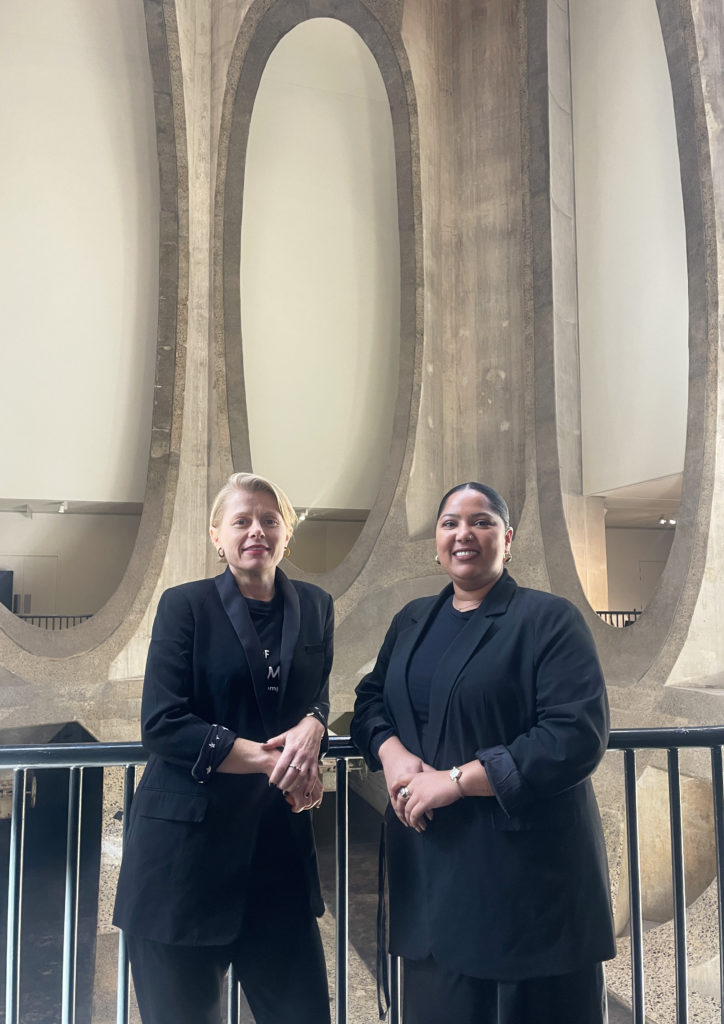
African creativity, inspirations, and not to mention history are so integrated within other geographies and cultures, and especially within that of African Americans. To create a formal connection, American Friends of Zeitz MOCAA was established in 2017 alongside the museum specifically to advocate and support the museum’s mission throughout the United States.
Founding board members include film directors Roger Ross Williams and Liesl Tommy who also serves as Co-President alongside Naledi Khabo, the CEO of the African Tourism Association in New York.
Over the past year, we have upped our efforts to grow the organization and established a Founding Patron group including Sarah, Arison, Sarah de Blasio, Allison Berg, and Deborah Calmeyer as well as a member group. To our pleasant surprise, our membership attracted some incredible art professionals who are interested in engaging in deeper conversation with creativity from and about the continent.
Our programming reflects this, and we do private tours of museum exhibitions, collections, and fairs specifically looking to highlight themes and ideas pertinent to Africa’s creative trajectories.
What are some challenges and opportunities you’ve encountered in promoting African contemporary art and its artists internationally?
There are many presumptions that offer a narrow understanding of Africa’s creative communities. We work to show the breadth and complexity of creative production and create a space for a deeper understanding of the unique histories and situations of African countries that are so distinct from each other.

African American artists are having an immense impact on contemporary art, and whereas the connection with African production is not always at the forefront for many artists, we have been so fortunate to have the continued commitment of artists such as Julie Mehretu and Wangechi Mutu, among others, who feel it so important to advocate for and work alongside underrepresented artists working on the continent they both hail from.
Interview by Fabio Pariante: X • Instagram • Website
